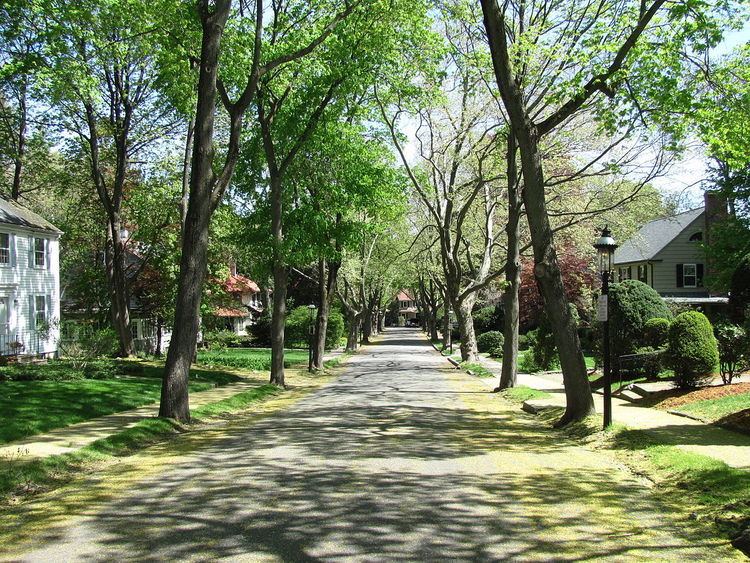MPS Newton MRA Address Newton, MA 02465, USA Added to NRHP 16 February 1990 | NRHP Reference # 90000009 Area 3 ha | |
 | ||
Location Brae Burn and Windermere Rds., Newton, Massachusetts Architectural styles Colonial Revival architecture, American Craftsman Similar Six Flags New England, Water Wizz, Salem Willows, Lincoln Park, New England Aquarium | ||
The Brae-Burn Historic District is a residential historic district on Brae Burn and Windermere Roads in Newton, Massachusetts. It encompasses as modest residential subdivision that was laid out in the then-rural area of Auburndale in 1911. Many of its houses were designed by the regionally notable firm of Gay & Proctor, and represent a well-preserved collection of modestly scaled Craftsman and Colonial Revival style houses. The district includes 26 houses. The district was listed on the National Register of Historic Places in 1990.
Description and history
Auburndale is a village and neighborhood in northwestern Newton, Massachusetts. Brae Burn and Windermere Roads are located on the southeastern part of the neighborhood, bounded on the north by Greenough Road, on the south and west by Commonwealth Avenue (Massachusetts Route 30), and on the east by Arapahoe Road. Brae Burn Road runs roughly north-south between Greenough and Commonwealth, and Brae Burn runs north from Commonwealth before bending west to end at Brae Burn Road. These roads were laid out in 1911, in a period of renewed growth following an economic downturn.
More than a dozen houses were built on these two roads between 1911 and 1916, with the remainder built no later than 1940. The houses are generally moderately-scaled frame structures, almost all of which are either Craftsman or Colonial Revival in style. Seven houses were designed by the regionally notable firm of Gay and Proctor, while four of the houses built after World War I were designed by C. C. Crowell, a prolific local architect. Many of the early houses (including most of the Gay and Proctor houses) were apparently built on speculation, and were marketed by Attwood, Pattee, and Potter of Boston.
